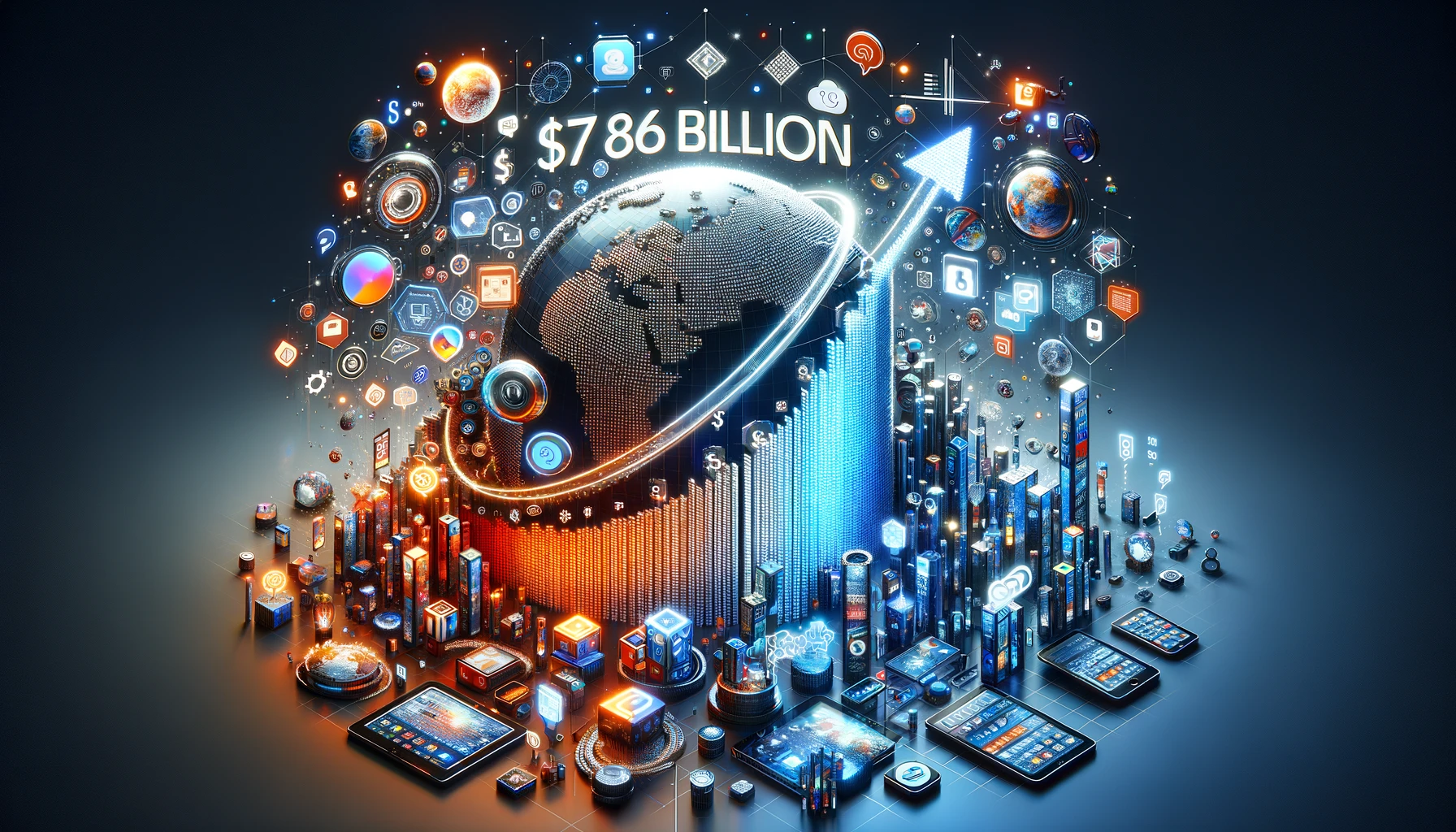In an era defined by its rapid technological advancements and the digitalization of nearly every aspect of daily life, the global digital advertising market is on an unprecedented trajectory. A recent projection has placed this burgeoning sector at the cusp of reaching a staggering $786 billion by the year 2026. This forecast not only highlights the immense growth potential of digital advertising but also underscores the pivotal role it will play in shaping the future of global commerce and communication.
The Digital Revolution
The digital landscape has evolved at an extraordinary pace over the past decade. With the advent of social media, mobile technology, and the increasing sophistication of digital platforms, businesses have found new and innovative ways to reach their target audiences. The shift from traditional advertising mediums such as television, print, and radio to digital channels has been swift and decisive. This transition is fueled by digital advertising’s ability to offer precise targeting, real-time analytics, and a level of interactivity that traditional media simply cannot match.
Driving Factors Behind the Growth
Several key factors contribute to the expected surge in the global digital advertising market. Firstly, the proliferation of digital devices and the internet’s global penetration have created a vast digital ecosystem where consumers spend a significant portion of their time. This digital omnipresence provides a fertile ground for advertisers to engage with potential customers more effectively and personally.
Secondly, the rise of data analytics and artificial intelligence (AI) has revolutionized the way advertisers target and reach their audience. By leveraging big data, advertisers can now deliver personalized advertising content to consumers, enhancing engagement rates and improving return on investment (ROI).
Furthermore, social media platforms have emerged as powerful channels for digital advertising. With billions of active users worldwide, platforms like Facebook, Instagram, Twitter, and LinkedIn offer unparalleled access to diverse demographic groups. The interactive nature of these platforms also allows for innovative advertising strategies that can go viral, amplifying reach and impact.
Challenges and Opportunities
Despite its promising growth, the digital advertising sector faces its share of challenges. Data privacy concerns and the tightening of regulations around the use of consumer data pose significant hurdles. Advertisers and platforms must navigate these challenges carefully to maintain consumer trust while delivering effective advertising campaigns.
Moreover, the advent of ad-blocking technology has prompted a reevaluation of advertising strategies. Advertisers are increasingly focusing on creating value-added content that resonates with their audience, rather than intrusive or irrelevant ads.
The Road Ahead
As we look towards 2026, the trajectory of the global digital advertising market is clear—upward and accelerating. The continuous innovation in digital technologies and advertising strategies presents a myriad of opportunities for businesses to connect with their audience in meaningful ways. Companies that adapt to the evolving digital landscape, respect consumer privacy, and leverage data-driven insights will be well-positioned to thrive in the burgeoning digital advertising ecosystem.
In conclusion, the projection of the global digital advertising market reaching $786 billion by 2026 is a testament to the transformative power of digital technologies. As businesses and advertisers navigate this dynamic landscape, the focus will be on creating authentic, engaging, and personalized advertising experiences that captivate and inspire consumers around the world.


